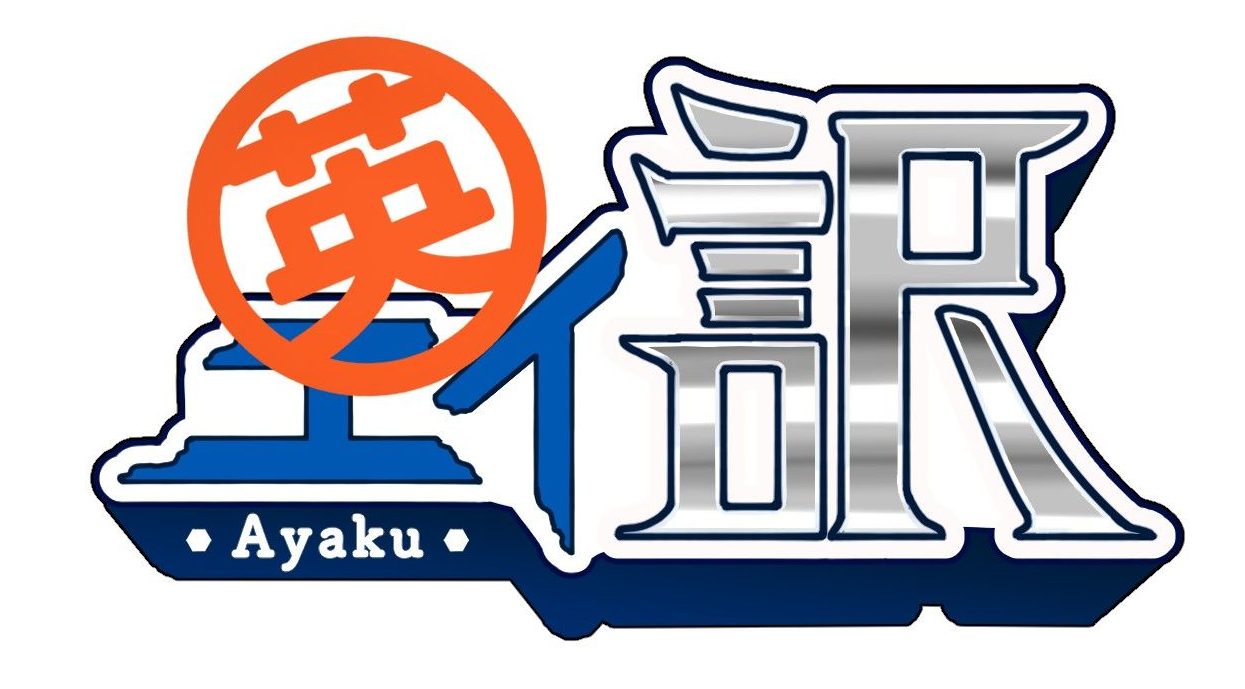
Learn why the anime industry in Japan fell for the first time in ten years.
The following is a translation of an article posted on IT Media.
Anime Popularity Continues to Rise
According to a survey by Teikoku Databank, the anime industry in 2020 (fiscal year starts in January and ends in December) totaled 251.081 billion yen, 1.8% lower than the record high of 255.7 billion yen in 2019, stopping the upward trend of the market that had been expanding for nine consecutive years since 2011.
As far as domestic releases go, 2020’s Demon Slayer: Mugen Train became a mega-hit with domestic box office revenues exceeding 40 billion yen. High-profile works such as Violet Evergarden produced by Kyoto Animation and classic series such as Detective Conan were also solid hits, supporting the popularity of domestic theatrical anime releases.
As for TV anime, the half-hour anime series Love Live! Nijigasaki High School Idol Club and Jujutsu Kaisen were also very popular in 2020. Yuru Camp△, which boosted the popularity of outdoor activities during the pandemic, became a hot topic of discussion. In addition to that, Uma Musume Pretty Derby and BanG Dream! and other media-mix anime production projects linked to smartphone games continue to expand, attracting new fan bases and raising the level of popularity of such media.
International Audience
As anime continues to rise overseas, more and more companies are doing business with overseas video platformers and production companies. Of the 300 animation production companies, 68 companies were found to be doing business with overseas companies through outsourcing or production contracting, accounting for over 20% of the total.
Most of the outsourcing are with companies in China. Many studios also sourced companies in Korea and America.
In recent years, foreign video platforms such as Netflix in the U.S. and Tencent and Bilibili in China have shown increasing interest in Japanese anime production companies. There has been an increase in the number of direct contracts and deals for exclusive distribution. In addition to that, the trend of providing capital and establishing production studios in Japan continues to accelerate.
Market Declines
Since 2011, the animation production market had been expanding for 9 consecutive years until 2019, supported by an increase in the number of productions and an increase in licensing income such as distribution fees. But in 2020, it took a turn for the worse and began to shrink.
In addition to the decrease in the number of TV anime productions by each company, production schedules were also delayed due to the coronavirus. Because of these rescheduling, viewer performance took a huge blow. There were also in-house consolidations among medium-sized production companies, as well as bankruptcies and business closures, which contributed to the overall decrease in production.
Issues in the Industry
Furthermore, Teikoku Databank points out that the rise of Chinese companies, which have continued to produce highly rated works during the pandemic, is once again exposing issues in the Japanese animation production industry that have been pointed out in the past, such as the labor problems of animators and the profit structure. While Chinese companies are said to be equal to or superior to Japanese companies in many aspects such as equipment and treatment, there are also concerns about the stagnation of animation due to the outflow of human resources and technology.
Profit and Loss
The average sales per production company in 2020 was 831 million yen, which had been increasing for three consecutive years since 2017 until 2019. However, in 2008, it decreased compared to the previous year and the increasing trend stopped. In terms of sales trends, 31.6% of companies reported an increase in sales and 48.6% reported a decrease, with the decrease in sales far exceeding the increase in sales.
Due to the impact of the Coronavirus, many production companies experienced delays in production schedules for movies and anime scheduled to be released last year, resulting in many companies experiencing a decrease in revenue compared to the previous year. In addition to that, the burden of investment in labor costs and the latest equipment, as well as rising costs due to increased outsourcing, continued to put pressure on the earnings of many production companies.
Source: itmedia
Related Articles:

